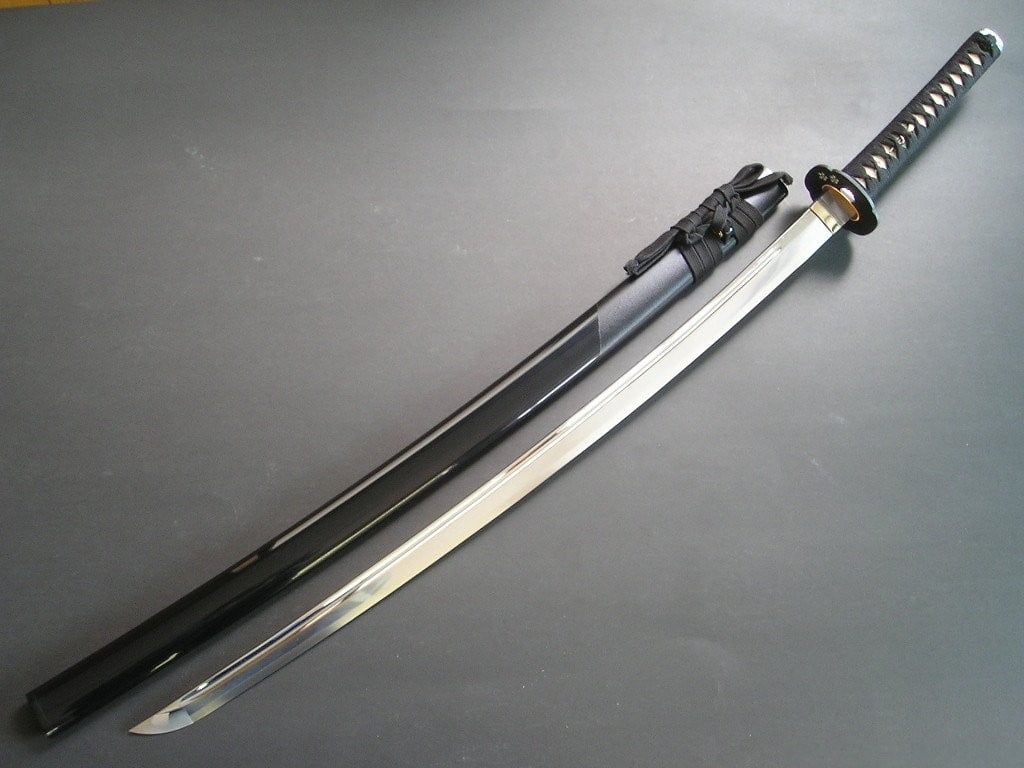Katana Legacy Unveiled – Tracing the Timeless Journey of Japan’s Iconic Sword
In the heart of Japan’s rich cultural tapestry lies a legacy forged in steel – the iconic katana, a symbol of the country’s martial prowess, craftsmanship, and spiritual heritage. The katana’s timeless journey traces back centuries, weaving through the annals of Japanese history with a blend of myth and reality. Its evolution is an intricate dance between artistry and functionality, as it transitioned from a battlefield weapon to a revered work of art. The roots of the katana can be traced to the Heian period 794-1185, where its predecessor, the tachi, was born. However, it was not until the Kamakura period 1185-1333 that the katana as we know it began to take shape. Craftsmen, known as swordsmiths, elevated the art of sword-making to new heights, refining the curvature, length, and sharpness of the blade. The katana’s signature curve, coupled with its single-edged blade, epitomized the fusion of form and function, allowing for swift and precise strikes in the hands of a skilled swordsman.

The craftsmanship involved in forging a katana sword is an art form in itself, with each sword embodying the soul of its creator. Master swordsmiths, revered as living national treasures, meticulously folded and hammered layers of steel to achieve a blade that was not only exceptionally sharp but also resilient. The process, known as tamahagane, involves smelting iron sand to extract the purest form of steel, which is then carefully layered to create a blade with a distinctive grain pattern called hada. The delicate balance between hardness and flexibility is achieved through differential hardening, a technique that involves heating and quenching the blade to create a harder edge and a softer spine. Beyond its physical attributes, the katana holds a profound cultural and spiritual significance in Japanese society. Forged with reverence for nature and an understanding of the impermanence of life, the katana is often considered a living entity, reflecting the ethos of Bushido – the way of the warrior. The samurai, who wielded the katana, adhered to a code of honor that extolled virtues such as loyalty, integrity, and self-discipline.
The katana, as an extension of the samurai’s spirit, became a symbol of both power and moral integrity. As the centuries unfolded, the katana continued to evolve, adapting to changing warfare and societal norms. In the peaceful Edo period, the katana transformed into a status symbol, adorned with ornate fittings and exquisite craftsmanship. Despite the decline of the samurai class in the Meiji era, the katana’s legacy endured, with modern practitioners and enthusiasts preserving the art of swordsmanship and craftsmanship. Today, the katana stands as a testament to Japan’s enduring cultural heritage, captivating the world with its timeless elegance and profound symbolism. Whether displayed in museums, wielded in martial arts dojos, or cherished as family heirlooms, the katana continues to transcend its role as a weapon, embodying the spirit of a nation and the craftsmanship of generations past.
